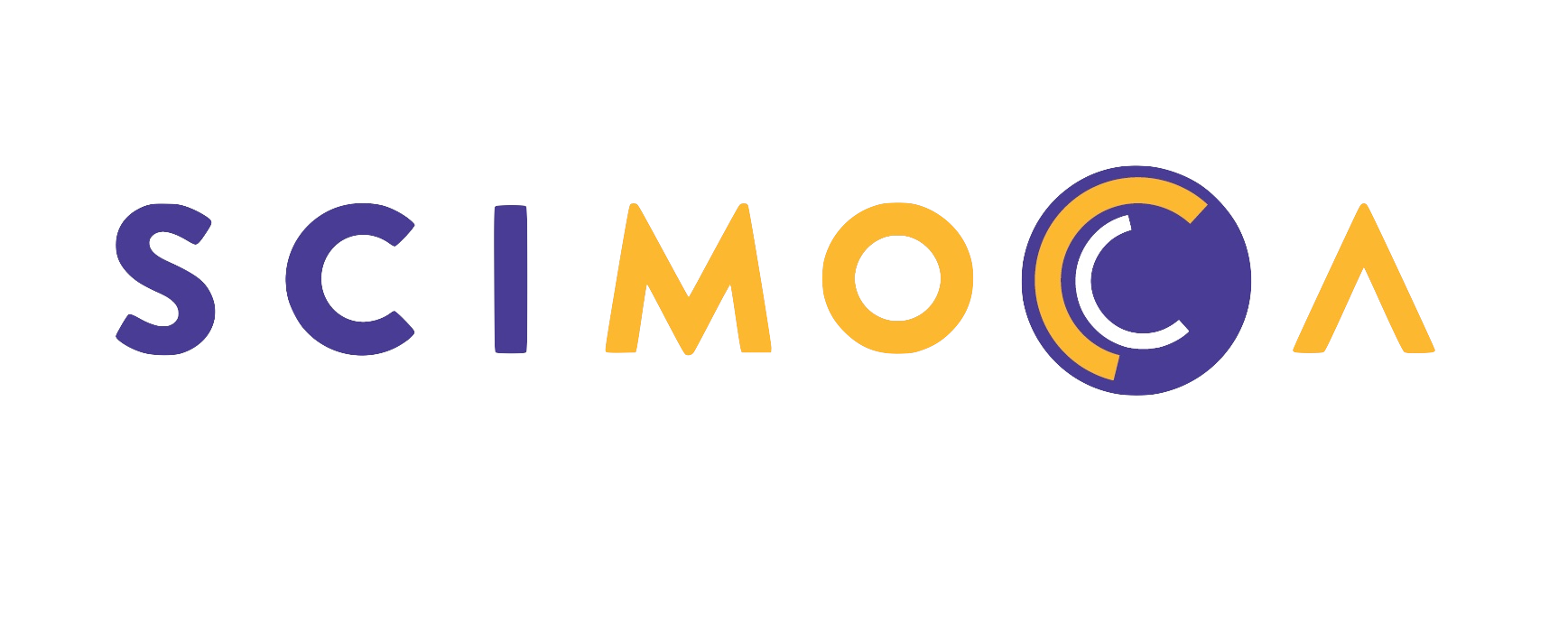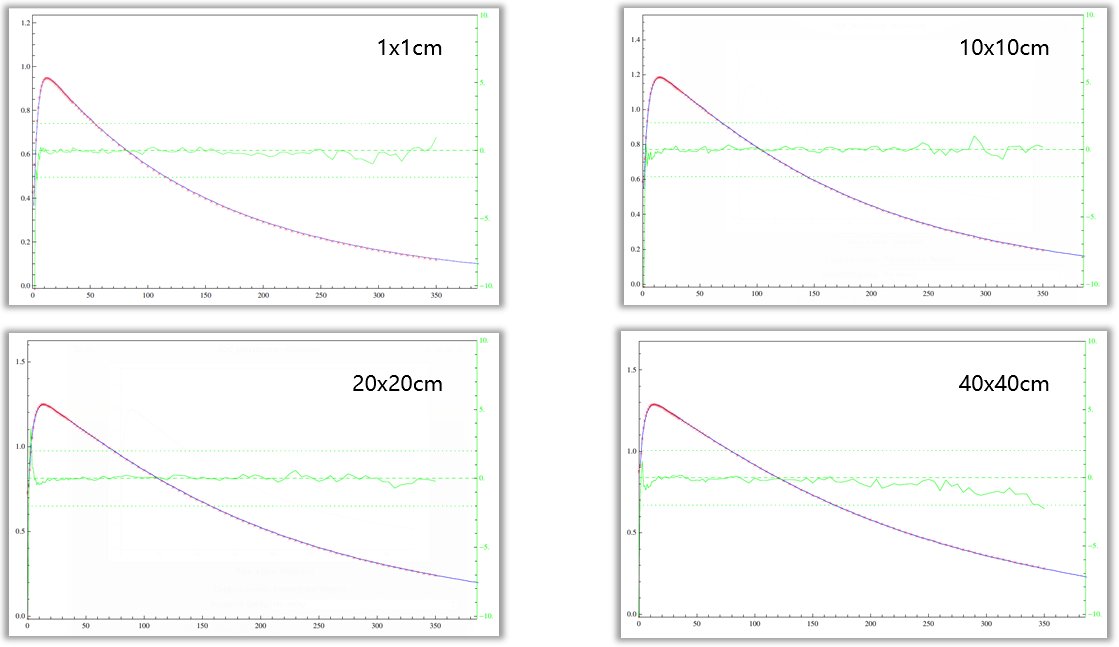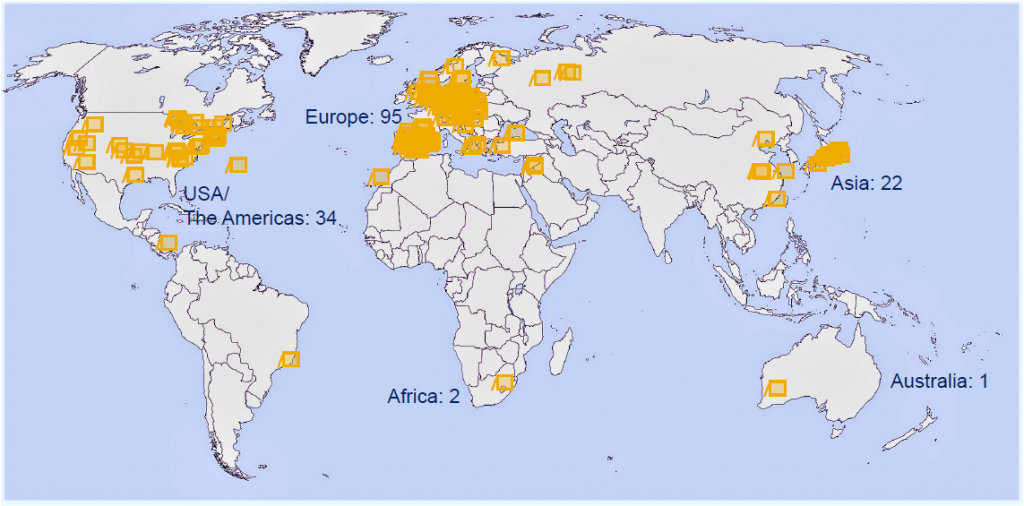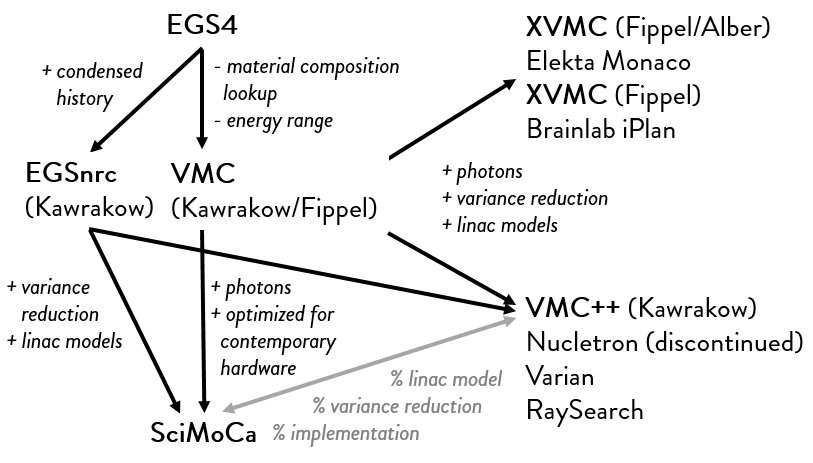
SciMoCa™ is an Independent Secondary Dose Check- and Plan QA-Software based on Monte Carlo
- as independent as a measurement
- as reliable as a TPS
- maximal accuracy guaranteed by Monte Carlo algorithm
A brief introduction into some SciMoCa™ features:
Accuracy of Monte Carlo
Customized beam models, individually commissioned
All types of conventional linacs from Elekta®, Varian® (including Halcyon™ and Ethos™) and Siemens, as well as the Accuray® TomoTherapy®, Radixact® and CyberKnife®-systems (cones, Iris, Incise2), and the ZAP-X®-system
All treatment planning systems that provide DICOM® export: Eclipse®, Monaco®, RayStation®, Brainlab®, Pinnacle®, as well as the Accuray® Precision®-TPS and the ZAP-X®-TPS
3D, IMRT, VMAT, SBRT, SRS (MLC-shaped photons), HyperArc
SRS-cones (photons)
Electrons (applicators and cutouts)
Streamlined web-based user interface
Extendable, service-oriented architecture
Seamless clinical integration
Automated workflow
Comprehensive analysis and reporting
No proprietary hardware needed
SciMoCa™ Concept for Monte-Carlo Beam Commissioning
Virtual source models can contain very fine detail, but are much more efficient than explicit simulations (e.g. BEAMnrc) or phase space files. A virtual source model has a number of parameters:
- some can be determined once and for all from high-quality simulations (BEAMnrc)
- some need to be adjusted to a specific accelerator
Adjustment becomes necessary because the spectrum of primary photons from the electron target depends on:
- mean energy of electron beam
- energy spread of electron beam
- focus size
- focus form
- thickness of target and flattening filter (down to fractions of a mm!)
- exact material composition of target, collimators and filters (often not disclosed to sufficient detail)
- …


SPEED

Calculation times on 24-core Intel Core i9-14900; stat. MC-uncertainty 1%
Example: Elekta 6MV FF Benchmark
Customer data: Exceptionally good quality of the measurements
Excellent beam-model fit of depth-dose-curves over the full range of field sizes

Excellent beam-model fit of output-factors over the full range of field sizes

detector used for measurements: microDiamond
residual errors (<~0.3%) are in the order of noise of the detector and MC-calculations
Some Cool Facts
Numbers Speak For Themselves
Worldwide Installations of SciMoCa™


Do you want to know more about SciMoCa™?
Watch a webinar of Prof. Markus Alber, Medical Physicist at University of Heidelberg, Germany, speaking during AAPM 2018. Learn about the Monte Carlo algorithm and benefits of SciMoCa™ for secondary dose check and plan QA.
References
[1] Stanhope CW, Drake DG, Liang J, Alber M, Söhn M, Habib C, Willcut V, Yan D. Evaluation of Machine Log-Files/MC based Treatment Planning and Delivery QA as Compared to ArcCHECK QA. Med Phys. 2018 Jul;45(7):2864-74
[2] Hoffmann L, Alber M, Söhn M, Elstrøm UV. Validation of the Acuros XB dose calculation algorithm versus Monte Carlo for clinical treatment plans. Med Phys. 2018 Aug;45(8):3909-15
[3] Milder MTW, Alber M, Söhn M, Hoogeman MS. Commissioning and clinical implementation of the first commercial independent Monte Carlo 3D dose calculation to replace CyberKnife M6™ patient-specific QA measurements. JACMP 2020 Nov;21(11):304-11
[4] Kawrakow I, Fippel M, Friedrich K. 3D electron dose calculation using a Voxel based Monte Carlo algorithm (VMC). Med Phys. 1996;23:445-57
[5] Kawrakow I. Improved modeling of multiple scattering in the Voxel Monte Carlo model. Med Phys. 1997 Apr;24:505-17
[6] Kawrakow I, Fippel M. Investigation of variance reduction techniques for Monte Carlo photon dose calculation using XVMC. Phys Med Biol. 2000;45:2163-83
[7] Sikora M, Dohm O, Alber M. A virtual photon source model of an Elekta linear accelerator with integrated mini MLC for Monte Carlo based IMRT dose calculation. Phys Med Biol. 2007;52:4449-63
[8] Sikora M, Alber M. A virtual source model of electron contamination of a therapeutic photon beam. Phys Med Biol. 2009;54:7329-44
[9] Sikora M, Virtual Source Modelling of Photon Beams for Monte Carlo Based Radiation Therapy Treatment Planning. PhD thesis

